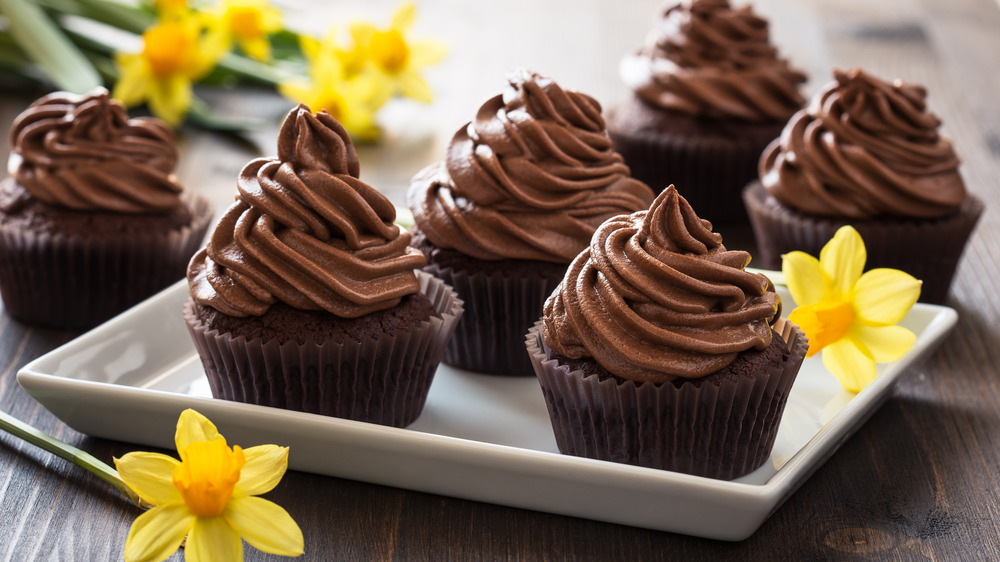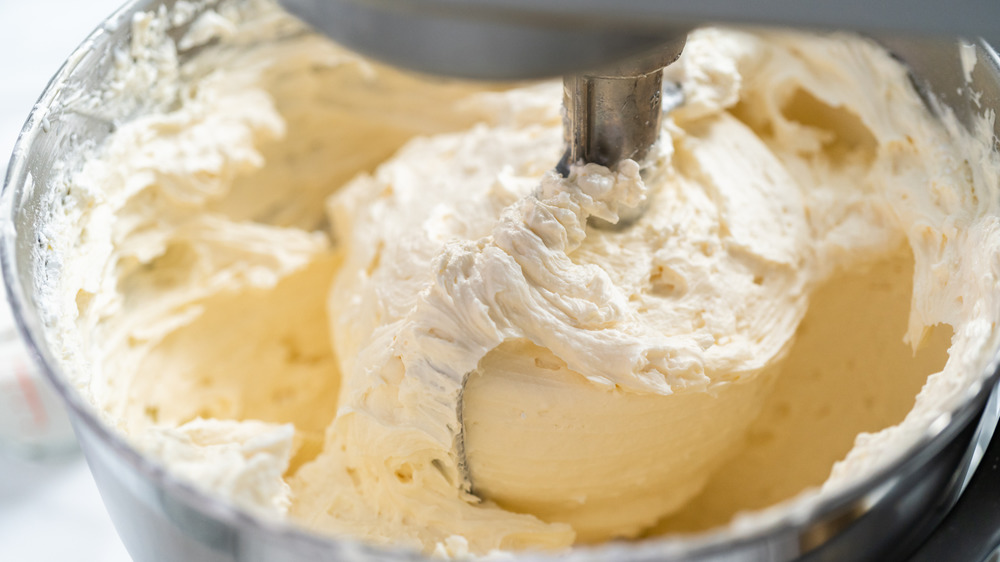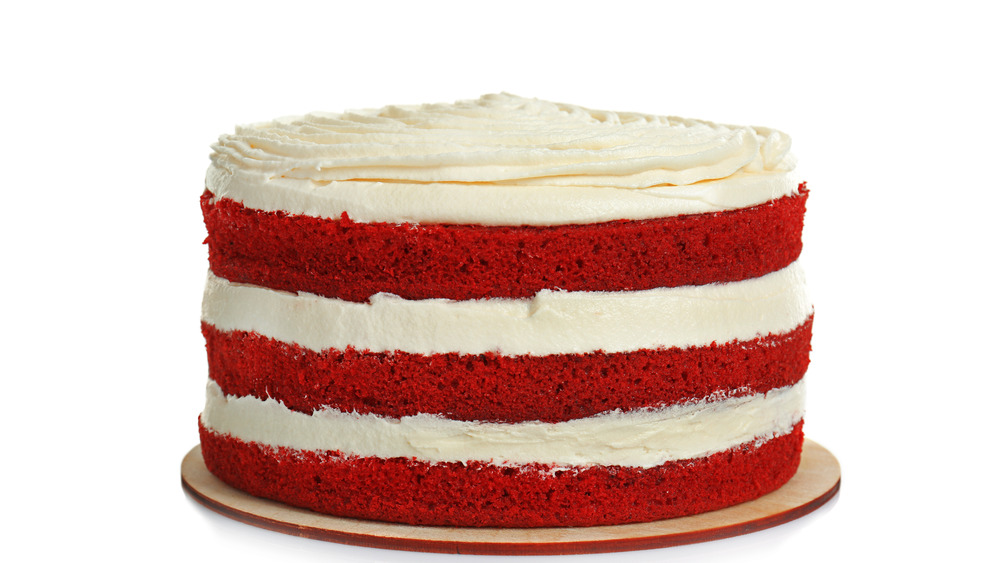Why Homemade Frosting Is Ruining Your Baked Goods
Ingredients matter, no matter what we are baking. While there is no shame in happily using boxed mixes to make cakes at home, we probably cannot say the same for store-bought frosting, which almost never tastes as good — and it may have to do with the fact that it needs to be more shelf stable. As a result (and in exchange for convenience), commercial frosting can contain, among other things, sugar, palm oil, corn syrup, corn starch, and a soup of stabilizers made with monoglycerides, polysorbate 60, sodium stearoyl Lactylate, sodium acid pyrophosphate, natural and artificial flavor, Yellow 5 & 6, and citric acid (via Betty Crocker) instead of the straightforward butter-and-sugar combination homemade buttercream icings usually contain.
But, even if you choose to use homemade frosting to dress our own — or a store-bought — cake, there is still a chance a bit of clumsy handling could keep your frosting from reaching its full potential. Here are just a few problems which could arise.
Your frosting's texture doesn't look right
Texture is important in frosting, and this can be determined by two factors: the time you spend mixing and the temperature of your ingredients. Of the former, Bon Appetit's Claire Saffitz says: "Frosting does not come together in under two minutes. It takes time for the ingredients to mesh together seamlessly. You may be running the mixer for 10 minutes."
Mixing is a way to rescue your star ingredient, butter, if it is not at room temperature and softened. If it is too cold, Saffitz says the frosting will break or curdle. If it is too hot, it will be too soft to spread properly.
To see if your butter is at the right temperature, Yummy suggests pressing it. If you can leave a mark without pushing into the block too much, then the butter is ready to go. If it is too cold, wait another 15 minutes before trying again. And if your frosting is too warm, you can rescue it by putting it back in the refrigerator and rewhipping it with your stand mixer before trying to frost your cake.
Your frosting doesn't sit comfortably on your cake
The type of frosting you choose to use should also depends on the cake you are looking to frost. Buttercream in all its forms offers an easy, popular option and works with just about any cake, but each type has characteristics that will help it survive various factors, which includes weather conditions — yes, the weather! — as too much heat can spell the end for butter-heavy frostings, while other types of buttercream may be too rich for the cake that you are looking to decorate (via Bon Appetit).
Frosting can also work against the cake it is meant to prettify simply it is cloying. While you could argue that frosting is supposed to be sweet, the flavors beloved by many are also those with a balance of different flavors. That is why, as Claire Saffitz says, "so many people go crazy over cream cheese frosting." Saffitz suggests folding in "a little sour cream, crème fraîche, or mascarpone cheese" to make the flavors come together so your "buttery" frosting does not end up tasting like "straight butter."


